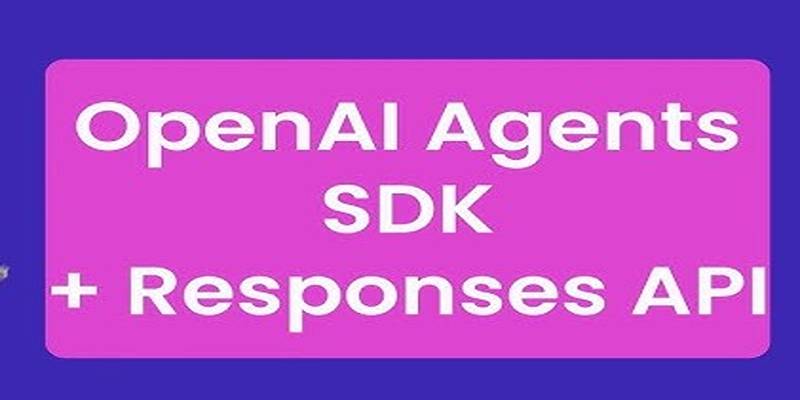The invisible power of artificial intelligence supports emergency room care even though its presence remains unnoticed across healthcare facilities. Hospitals use AI-powered technology to handle patient movement across their facilities better while wisely deploying medical resources and making essential choices. Healthcare providers use AI technologies to create better patient assessments and decrease wait periods, which helps treat more patients sooner.
The Problem of Emergency Room Overcrowding

The world faces a significant healthcare problem when emergency rooms have more patients than they can handle. The emergency room becomes overloaded when too many patients need urgent care that the department can handle quickly and adequately. Emergency room overcrowding produces damaging results that impact patient health, workplace performance, and medical service quality.
Root Causes
- Emergency room overcrowding develops from different issues
- Increased patient volume
- Shortage of hospital beds
- Inadequate staffing levels
- Inefficient patient flow
Due to the demographics of an aging society, medical facilities face multiple problems with primary care limitations and patient complexity.
Impact on Patient Care
- A busy emergency department affects patient healthcare because of these problems.
- Prolonged wait times
- Delayed treatment
- Increased risk of medical errors
- Patient dissatisfaction
When the emergency room becomes too full, there may be no available space, so ambulances must be redirected, which slows down necessary medical treatment.
The Strain on Healthcare Professionals
Emergency room staff face immense pressure in overcrowded conditions. Working long hours with heavy stress plus handling many patients daily makes healthcare workers burn out, harming their patient care. Fatigued medical staff find it harder to run their work smoothly because of this cycle.
To fix emergency room space issues, several components of healthcare delivery must be improved simultaneously through advanced technology and better patient care systems. Business leaders and medical professionals use AI technology to solve today's emergency room space problems.
How New Technology Helps Emergency Medics with their Work
The power of Artificial Intelligence improves emergency medical services across all Emergency Departments worldwide. Advanced machine learning technology and algorithms boost ER performance while making better patients and reducing ER patient numbers.
Streamlining Triage and Patient Flow
AI systems have started to revolutionize how medical experts assess patients during emergencies. The advanced systems use patient information to assess medical situations and determine time-sensitive cases. The new system first checks patients' readiness for more urgent care, improving patient flow.
Enhancing Diagnostic Accuracy
Healthcare providers use AI to speed up and improve their medical evaluations. Through training, they analyze extensive medical data collections to find relationships that human eyes could overlook in inpatient medical backgrounds and laboratory findings. The system can discover diseases sooner and prevent incorrect diagnoses, making treatment work as quickly as intended.
Optimizing Resource Allocation
AI systems use past statistics and present data to predict resource requirements accurately. Hospitals can effectively use this prediction ability to:
- Organize staff according to the expected number of patients arriving
- Use better ways to control medical supplies in the current system
- Help other department teams move patients without disruptions
Predictive Analytics: Forecasting ER Demand

AI technology helps emergency rooms estimate future patient numbers with exceptional precision. Our advanced AI system processes hospital records, present events, and present data to predict future ER patient visits.
Leveraging Historical Data
The computer programs review emergency patient admissions over time to detect predictable patterns of ER activity. The system shows when demand changes over time and during routine weeks and hours. The system links past patient surge data with flu outbreaks and significant sporting events.
Real-Time Data Integration
.stream technology uses both past events and present data in its predictions. The system automatically receives current data from many different sources.
- Local weather forecasts
- Traffic conditions
- Social media sentiment analysis
- Public event schedules
The system detects and responds to changes quickly to help hospitals prepare for sudden patient increases.
Actionable Insights for Staff Management
The hospital's leaders use accurate predictions to schedule the proper staff members. They can keep enough staff shifts running when patient numbers are expected to rise without maintaining full staffing when numbers remain low. As part of this planned strategy, staff and resources are better distributed, and waiting times decrease.
AI-Powered Triage and Patient Flow Management
Intelligent Triage Systems
Emergency rooms use innovative computer systems to organize patient care better. This technology relies on machine learning to examine patient medical data and clinical information as it happens. AI technology gives faster assessments to put patient orders in the proper sequence beyond what staff members usually achieve. The system analyzes patient needs to provide quick help to urgent situations first with better handling for other cases.
Optimizing Patient Flow
Emergency departments use artificial intelligence technology to make better patient flow decisions. Complex AI systems provide precise predictions about medical center patient flow statistics and staff requirements. Hospitals can prepare using their systems to study past results and present performance. Doing this makes patient care faster, beds are used better, and patients move through treatment steps more smoothly.
Real-Time Decision Support
AI systems help emergency room staff make better decisions more quickly. These systems let healthcare workers find medical data quickly and access treatment plans and patient records right away. With rapid data analysis, AI can help doctors label medical issues better and support optimal treatment actions. When AI supports their decisions, healthcare workers can do their work better and have less mental workload.
How Artificial Intelligence helps EM Care Teams
AI systems now improve emergency room medical care because they help patients and hospitals save money. Hospitals use AI tools to make decisions faster and manage their resources better as they simplify their work procedures.
Enhanced Triage and Risk Assessment
AI systems evaluate patient information to find and treat urgent cases before regular hours. The systems analyze medical records, health check results, and symptom details to identify patient risks and pick the right medical setting.
Optimized Resource Allocation
Hospitals use machine learning programs to predict future patient visits and workforce requirements for better use of available resources. Early planning helps hospitals staff their department properly to keep patients from waiting long during busy times and let them receive top-quality care.
Improved Diagnostic Accuracy
Artificial intelligence helps diagnostic tools by scanning medical pictures and patient data to help doctors find healthcare problems and treat patients better. This new system finds details doctors might miss, lowering error risks and keeping patients from getting useless tests.
Conclusion
AI technology now controls emergency room management and decreases overcrowding with help from predictive systems and automated care. Using AI-based systems enables hospitals to help patients move through their care faster and provide better medical treatment at lower wait times. AI is changing emergency care for the better, despite current difficulties. Advanced ER technologies will create better service levels and improve medical results as they develop and join healthcare platforms.











